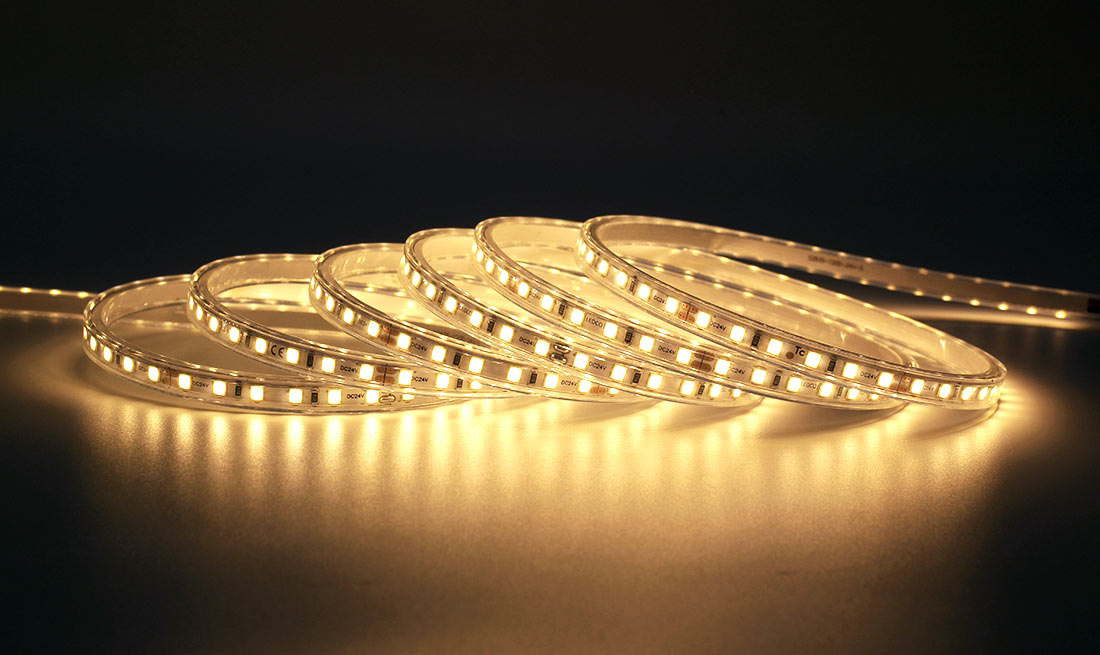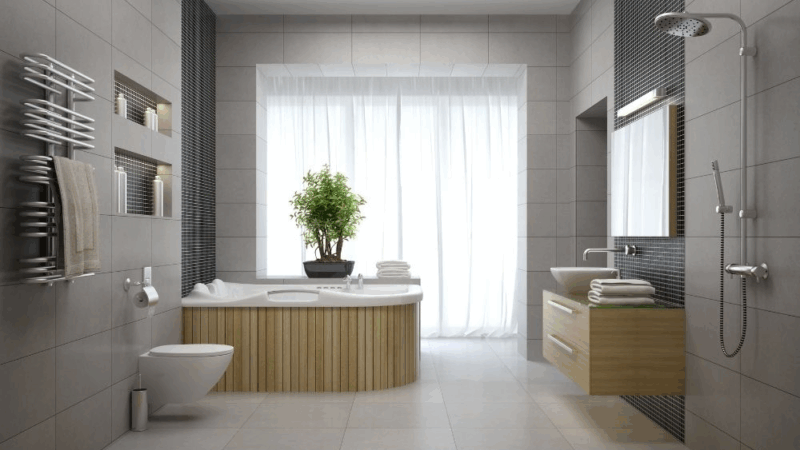Exploring Modern LED Lighting Solutions: From Strip Lights to Modules

In recent years, LED lighting has steadily transformed how we illuminate our homes, workplaces, and public spaces. Known for its energy efficiency and versatility, LED technology offers various options tailored to different lighting needs. Two popular forms of LED lighting that often come up are LED strip lights and LED modules. Understanding what makes each unique can help in choosing the right lighting solution for a variety of projects, whether it’s a cozy residential setup or a large-scale commercial installation.
What Are LED Strip Lights?
LED strip lights are flexible circuit boards populated with tiny light-emitting diodes (LEDs), designed to be easily installed in a range of environments. Their slim and adaptable nature allows them to fit into tight or unconventional spaces, making them a favorite for decorative and functional lighting alike. You’ll often find these strips under kitchen cabinets, along staircases, or integrated into architectural features where subtle, linear lighting is needed.
One of the strengths of LED strip lights is their ability to be cut to custom lengths and shaped around curves. This flexibility opens up creative possibilities, enabling users to tailor lighting effects precisely. The role of a reliable led strip lights factory is crucial here, as consistent quality and manufacturing standards ensure the product’s flexibility and durability meet diverse installation requirements.
The Function of LED Modules
While LED strip lights excel in flexibility, LED modules offer a different kind of advantage modularity and robustness. An LED module typically consists of a cluster of LEDs mounted on a small circuit board, often encased in a protective housing. This design makes them ideal for applications requiring focused or segmented lighting areas.
LED modules are commonly used in outdoor signage, backlighting, and other commercial displays where consistent brightness and durability are essential. Because they are separate units, led module products can be arranged in patterns or grids to cover larger surfaces or to highlight specific features with precise control over light distribution.
Manufacturing Quality and Its Impact
When it comes to LED lighting, the manufacturing process plays a critical role in the final product’s performance and lifespan. Reliable factories follow strict quality control standards to ensure that each LED strip or module functions properly and withstands everyday wear and tear. For example, attention to heat dissipation, waterproofing, and material quality can greatly affect how well these lighting solutions perform over time.
Factories specializing in LED strip lights and modules often implement rigorous testing for electrical safety and brightness consistency. While the technical details can be complex, the takeaway is that well-made LED products generally provide better reliability and energy efficiency. This is particularly important in professional or large-scale applications, where maintenance or replacement can be costly.
Energy Efficiency and Environmental Considerations
One of the primary reasons LED lighting has become so popular is its energy efficiency compared to traditional incandescent or fluorescent lights. Both LED strip lights and modules consume significantly less power while producing the same or higher levels of brightness. This translates to reduced electricity bills and a smaller environmental footprint.
Beyond energy savings, LED technology also generates less heat, which contributes to longer-lasting fixtures and reduced cooling costs in indoor environments. From an environmental perspective, many LED components are designed with sustainability in mind, using materials that can be recycled and manufactured with lower emissions.
Choosing between strip lights and modules may come down to the specific energy requirements of your project, but both options generally outperform older lighting technologies in terms of efficiency and ecological impact.
Trends Shaping the Future of LED Lighting
The LED lighting industry continues to evolve rapidly, with innovations that push the boundaries of design and functionality. Smart lighting is one such trend integrating LEDs with sensors and wireless controls to offer personalized lighting experiences. This is already changing how people interact with their lighting, from automated brightness adjustments to color-changing options that can enhance mood or productivity.
Additionally, manufacturers are exploring ways to improve the durability and brightness of both LED strips and modules, as well as expanding their color range and environmental resilience. These advancements are broadening the scope of applications, making LED lighting suitable for even more specialized uses.
Choosing the Right LED Lighting Solution
Deciding between LED strip lights and LED modules ultimately depends on your specific lighting needs and the environment where the lights will be installed. Strip lights are excellent for continuous, flexible lighting effects in both indoor and protected outdoor areas. They work well where aesthetic integration and adaptability are priorities.
LED modules, on the other hand, offer advantages in precision and durability, making them suitable for signage, architectural highlights, and places where exposure to elements is a concern. Their modular nature allows for creative configurations and is often preferred for commercial and industrial setups.
By understanding the characteristics and strengths of each type, you can make a more informed choice that aligns with your project’s goals, budget, and technical requirements.







